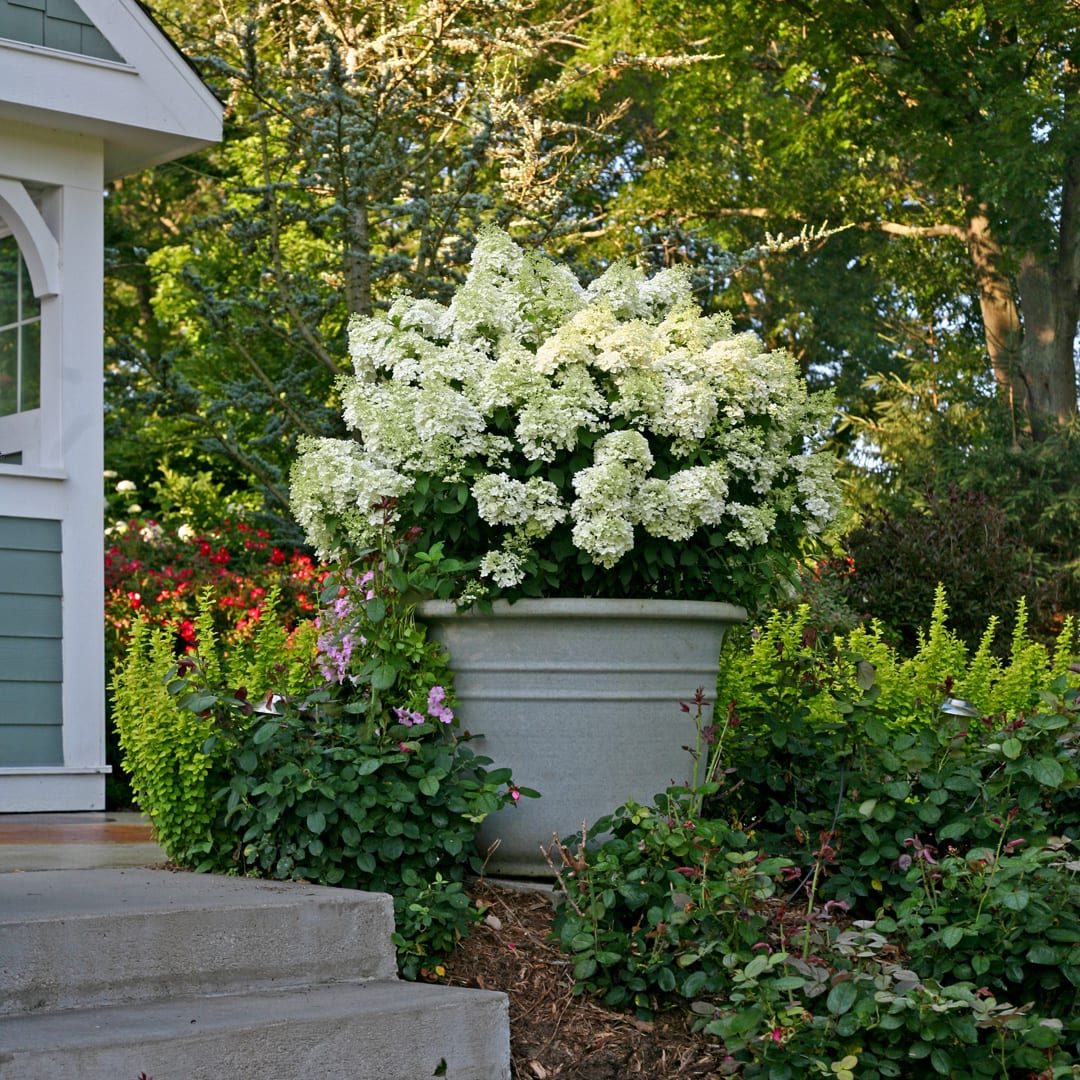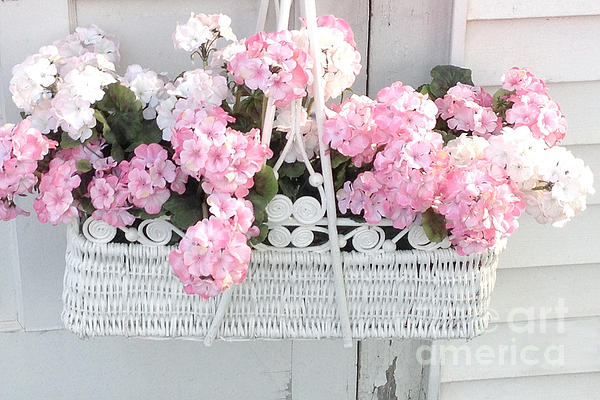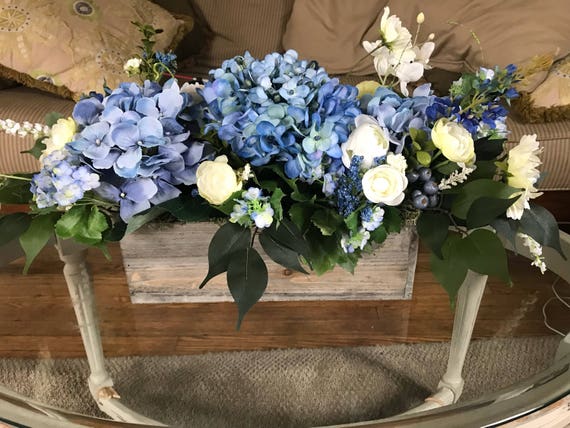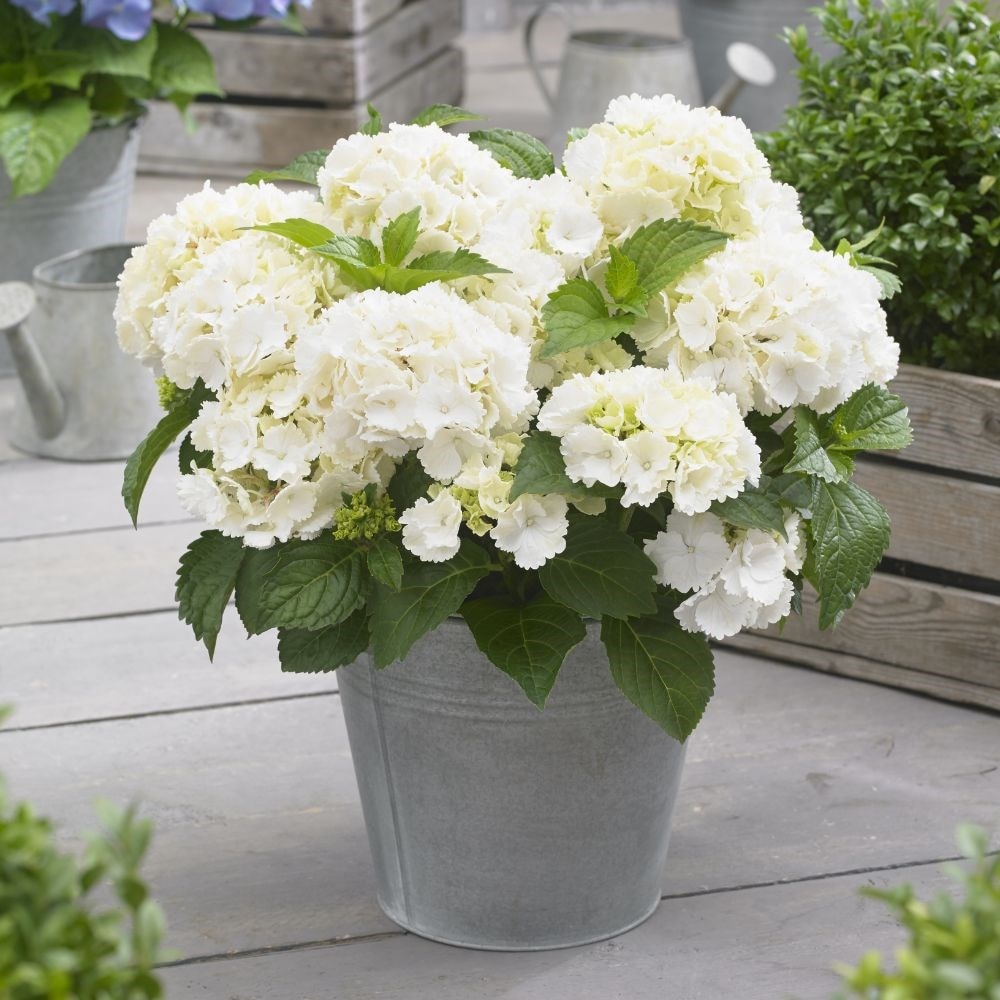Hydrangeas In Containers: A Stepbystep Guide
Hydrangeas in Containers: A Step-by-Step Guide
Hydrangeas are beautiful flowering shrubs that can be grown in a variety of settings, including containers. If you're short on space or simply prefer the look of a potted plant, growing hydrangeas in containers is a great option.
In this step-by-step guide, we'll show you how to choose the right hydrangea for your container, plant it properly, and care for it so that it blooms beautifully for years to come.
Choosing the Right Hydrangea for Containers
Not all hydrangeas are created equal when it comes to growing in containers. Some varieties are more compact and suited to smaller pots, while others can grow quite large and need more space.
If you're limited on space, you'll want to choose a dwarf or compact hydrangea variety. Some good options include:
- Hydrangea macrophylla 'Nikko Blue': This variety grows to about 3 feet tall and wide, and produces large, blue flowers in the summer.
- Hydrangea paniculata 'Little Lime': This variety grows to about 4 feet tall and wide, and produces lime-green flowers in the summer.
- Hydrangea arborescens 'Annabelle': This variety grows to about 5 feet tall and wide, and produces large, white flowers in the summer.
If you have more space, you can choose a larger hydrangea variety. Some good options include:
- Hydrangea macrophylla 'Endless Summer': This variety blooms repeatedly throughout the summer, in shades of blue, pink, or white.
- Hydrangea paniculata 'Limelight': This variety grows to about 6 feet tall and wide, and produces large, lime-green flowers in the summer.
- Hydrangea arborescens 'Incrediball': This variety grows to about 6 feet tall and wide, and produces large, white flowers in the summer.
Planting Your Hydrangea
Once you've chosen your hydrangea variety, it's time to plant it in a container. Choose a pot that is at least 18 inches wide and deep. The pot should have drainage holes in the bottom to prevent the roots from sitting in water.
Fill the pot with a potting mix that is designed for hydrangeas. Add a layer of gravel or pebbles to the bottom of the pot to help with drainage.
Place the hydrangea in the pot and fill in around the roots with potting mix. Firm the soil around the plant and water it thoroughly.
Caring for Your Hydrangea
Hydrangeas need regular watering, especially during hot, dry weather. Water your hydrangea deeply and infrequently, so that the soil has a chance to dry out between waterings.
Hydrangeas also need to be fertilized regularly. Feed your hydrangea with a balanced fertilizer every few weeks during the growing season.
In the fall, after your hydrangea has finished blooming, you can trim it back. Remove any dead or damaged branches, and prune the remaining branches back by about one-third.
With proper care, your hydrangea will thrive in its container and bloom beautifully for years to come.
Conclusion
Growing hydrangeas in containers is a rewarding experience. With a little care and attention, you can enjoy these beautiful flowers for many years to come.
Hydrangeas are beautiful flowering shrubs that can be grown in containers. If you're limited on space or want to add some color to your patio or porch, hydrangeas are a great option.
There are many different types of hydrangeas that can be grown in containers. Some good choices for beginners include:
- Hydrangea macrophylla: These hydrangeas are known for their large, showy flowers. They prefer full sun to partial shade and moist, well-drained soil.
- Hydrangea paniculata: These hydrangeas are known for their long, cascading flower clusters. They prefer full sun to partial shade and moist, well-drained soil.
- Hydrangea serrata: These hydrangeas are known for their delicate, lacecap flowers. They prefer partial shade to full shade and moist, well-drained soil.
No matter what type of hydrangea you choose, it's important to select a container that is the right size. The container should be at least 18 inches wide and deep, and it should have drainage holes in the bottom.
When planting your hydrangea, fill the container with a high-quality potting mix that is designed for acid-loving plants. Add a layer of compost or other organic matter to the bottom of the container to help improve drainage and nutrient retention.
Water your hydrangea regularly, especially during the first few weeks after planting. Once the plant is established, you can water it less frequently, but make sure to water it deeply when you do.
Hydrangeas also need fertilizer. Feed your hydrangea with a balanced fertilizer once a month during the growing season.
With proper care, your hydrangea will thrive in its container and provide you with years of beauty.
For more information about growing hydrangeas in containers, please visit .
FAQ of hydrangea in container
- What are the best hydrangeas for containers?
There are many different types of hydrangeas, but some of the best varieties for containers include:
* Hydrangea macrophylla: These hydrangeas are known for their large, showy blooms that can range in color from blue to pink to white. They are hardy in zones 5-9 and prefer partial shade.
* Hydrangea paniculata: These hydrangeas produce large, conical blooms that can be white, pink, or purple. They are hardy in zones 3-8 and prefer full sun to partial shade.
* Hydrangea arborescens: These hydrangeas produce small, white blooms that are clustered together in flat-topped or dome-shaped arrangements. They are hardy in zones 3-9 and prefer full sun to partial shade.
- What size pot do I need for a hydrangea?
The size of the pot you need for a hydrangea will depend on the size of the plant. A small plant can be grown in a pot that is 12-18 inches in diameter. A larger plant will need a pot that is 24-36 inches in diameter.
- What type of soil do hydrangeas need?
Hydrangeas prefer a well-drained soil that is rich in organic matter. A good potting mix for hydrangeas will contain peat moss, perlite, and compost.
- How much sunlight do hydrangeas need?
The amount of sunlight hydrangeas need will vary depending on the variety. Some hydrangeas prefer full sun, while others prefer partial shade. It is important to read the plant tag when you buy a hydrangea to find out its sunlight requirements.
- How often should I water hydrangeas?
Hydrangeas need to be watered regularly, especially during hot, dry weather. The soil should be kept moist, but not soggy.
Image of hydrangea in container
5 different images of hydrangea in container from Pinterest:





Post a Comment for "Hydrangeas In Containers: A Stepbystep Guide"